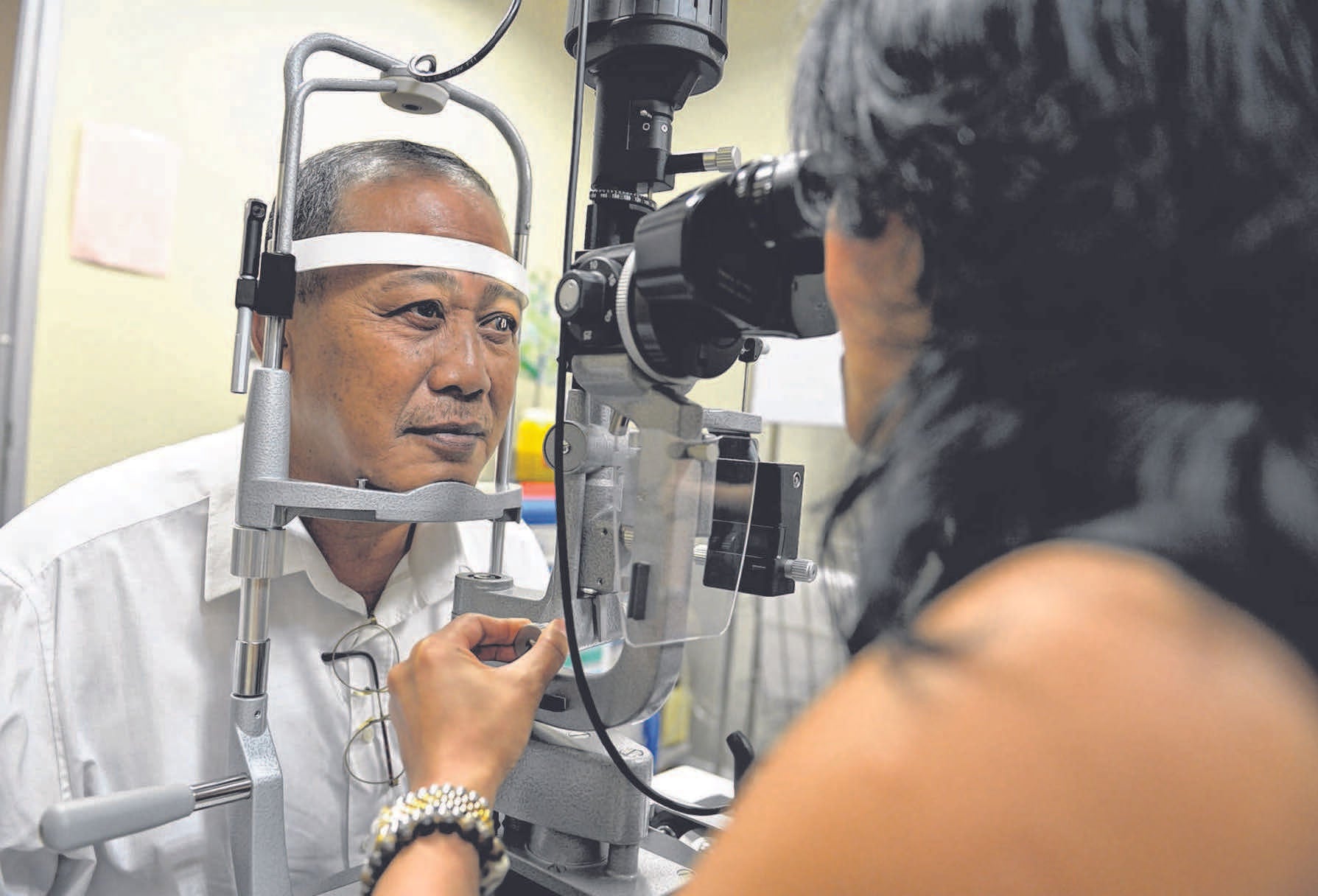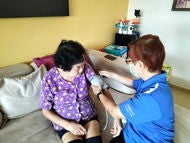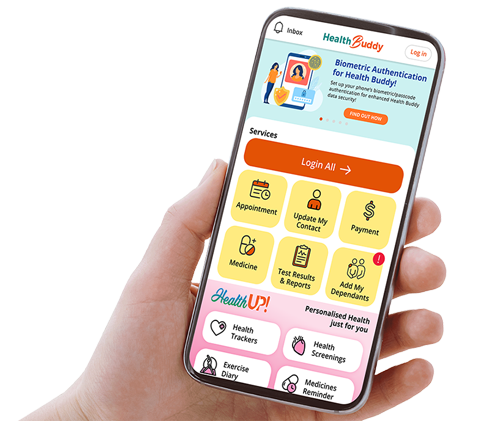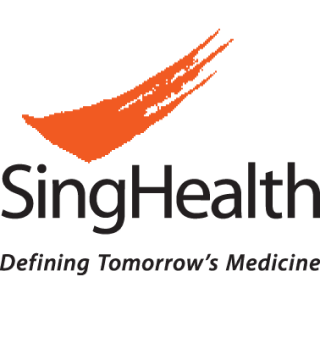
By the time patients realise they have ‘tunnel vision’, it is too late and the damage is permanent. FILE PHOTO
Regular eye tests at the specialist is necessary for silent eye conditions such as glaucoma
Going for regular eye tests is not just about checking if your myopia has worsened or changing prescription glasses.
Jennifer Tan (not her real name), in her 50s, didn’t think much of it when her eyes felt very dry one day and then suddenly started tearing uncontrollably during a meeting. An emergency check at a specialist eye centre later showed that she had acute glaucoma which had to be operated on almost immediately.
Glaucoma was a rude surprise to her but it was thankfully treated in time and has made her more aware of glaucoma risks as she ages.
Dr David Chan of Atlas Eye Specialist Centre said: “Surgery was done to relieve the pressure on the eyes. Immediate treatment is necessary otherwise there’s irreversible damage to the optic nerves.”
For those above 45 years, annual eye check-ups are important, especially tests that examine field of vision and also eyeball pressure. Such tests can pick up on chronic or potential acute glaucoma. While acute glaucoma might be accompanied by signs of headache, nausea, blurring of vision and pain in the eyes, chronic glaucoma has no symptoms and is known as the silent thief of sight, says Dr Lee Hung Ming of Lee Hung Ming Eye Centre.
Acute glaucoma is common among Chinese ladies above 55 years old because of the narrow angle of their eyes. “Because the eye structure is smaller in size, the angle or ‘door’ that allows fluids to drain out of the eye gets closed,” he says.
In chronic glaucoma, the optic nerves get increasingly damaged and the field of vision narrows. But by the time patients realise they have “tunnel vision”, it is too late and the damage is permanent.
“If the patient comes in early, then there is treatment, usually in the form of eye drops, laser or surgery to stop glaucoma,” Dr Lee explains. “The pressure build-up on the eye slowly damages the optic nerves and what’s damaged is irreversible.”
Aside from the age, those who have a history of high myopia, diabetes and previous eye injuries are at risk.
With medical advances in the field, there are now several types of eye drops which can control pressure to help the condition. There is an increasing awareness these days as more are coming to have their eyes checked regularly.
Says Ho Ching Lin, adjunct associate professor, head (Clinical Services) and senior consultant of the Singapore National Eye Centre’s Glaucoma Department: “Everyone is at risk for glaucoma. Older people are at a higher risk although it can also affect children and young adults. Glaucoma has a strong genetic basis and family history is known to be a risk factor.”
In Singapore, approximately three per cent of people over the age of 50 have glaucoma. This percentage increases with age and is almost 10 per cent for those over the age of 70. Glaucoma accounts for 40 per cent of blindness in Singapore.
New laser refractive treatment
Just about six years ago, patients who wanted to correct their eyesight with laser refractive treatment had only two procedures to choose from.
The first generation laser treatment was Surface Ablation (or PRK, for photorefractive keratectomy) and the second, Lasik, which stands for Laser-Assisted in-Situ Keratomileusis.
Now, the latest laser refractive eye treatment, ReLEx-Smile (small incision lenticule extraction), is available in Singapore. It takes the best of the two procedures and is less invasive.
First, a brief overview of the two earlier treatments: In PRK, where the surface of the cornea is scraped off so that the laser can be used to reshape the cornea, the problem is the downtime – almost a week – for the cornea to heal and the patient to return to normal daily activity.
In Lasik, a 22-mm circumferential cut (or sidecut with a cleavage plane) is made to create a flap in the cornea, after which the laser is used to reshape the cornea. The downtime is about three days.
However, the flap doesn’t reattach completely, so it is a potential weak link. In a small percentage of patients, there can be inflammation under the flap and even years later, if there is direct trauma to the eye, there is potential for the flap to shift or be dislodged.
When the flap is made, it also cuts the nerves of the eye that are connected to the tear glands, which in Lasik is associated with increased risk of dry eyes.
“The whole corneal integrity is also weakened to a greater degree in Lasik than Surface Ablation,” explains Atlas Eye Specialist Centre’s Dr David Chan.
Although Lasik was very popular in the 2000s because of its shorter downtime, doctors have now realised that it’s not suitable for everyone – such as those whose corneas are too thin or shaped a certain way.
“Cornea ectasia is a concern with all laser vision procedures, particularly Lasik as it cuts the collagen fibres when creating the flap and patients with a pre-existing condition, such as cornea ectasia, might see their corneas losing their intended shape over time as they are weakened by the Lasik treatment,” he adds.
The main advantage of Lasik is the faster healing time but the downsides are a large wound, potential for dry eyes and corneal weakening.
When doctors learnt of this, there was a shift backwards towards Surface Ablation which is safer in the long run although it has a longer healing time and is associated with more pain and discomfort.
In the latest-generation treatment, Smile, which is suitable for individuals aged 18 years and above with myopia and astigmatism, the surgery is less invasive and relatively painless. Only a small 2mm laser sidecut is made on the cornea. The laser creates a small spherical membrane from underneath the corneal surface which is then removed through the small sidecut.
“The surface of the cornea is largely kept intact except for the small sidecut so there’s no risk of flap dislodgement. Because there’s no flap, the cornea is also left stronger as well. So it has the benefits of PRK in preserving corneal structural integrity and similar comfort and speed of recovery of Lasik,” Dr Chan explains.
The removal of the spherical membrane is enough to change the shape of the cornea.
“The dimensions of the membrane will vary according to the prescription. But once it's removed, the cornea’s curvature is changed in a very precise way and that would be sufficient to correct the patient’s prescription or refractive error,” he said.
The short laser time (24 seconds) and surgery time is the same whether one has a low or high degree of myopia and that allows for more consistent results regardless of the level of refractive error corrected.
The smaller incision also cuts down dry eye conditions as fewer nerves are damaged.
In addition to this, Dr Chan also combines Smile with a Collagen Crosslinking treatment to further strengthen the cornea and reduce the risk of cornea ectasia. This is done by adding a few drops of a Vitamin B solution to the eye and shining ultraviolet light on the eye for one minute immediately after the Smile procedure.
When Dr Chan started his practice, he decided to bring in the Smile procedure to Singapore because of its advantages over the first two generations of treatments.
Atlas Eye is the first and only independently owned, eye specialist medical practice in Singapore offering ReLEx-Smile. Dr Chan completed the first combined Smile-Collagen Crosslinking treatment for a patient in Singapore last week.
The cost for Smile is just under S$5,000 for both eyes while Lasik is about S$4,000.
“Patients now have three options for laser vision correction, each with its own limitations and benefits. They should learn more about them and find out about what best suits their needs for today and the future,” he concludes.
Dr Lee Hung Ming of Lee Hung Ming Eye Centre (formerly Parkway Eye Centre), however, cautions that Smile does not have an active cyclo-rotation tracking system unlike the excimer laser which can follow the eye when it is rotating.
“Because of that, it may not be ideal for treating astigmatism accurately. The other disadvantage is that visual recovery takes a bit longer than Lasik,” he adds.
Contributed by

English
The Business Times - Don’t be hard on your eyes.pdf




















